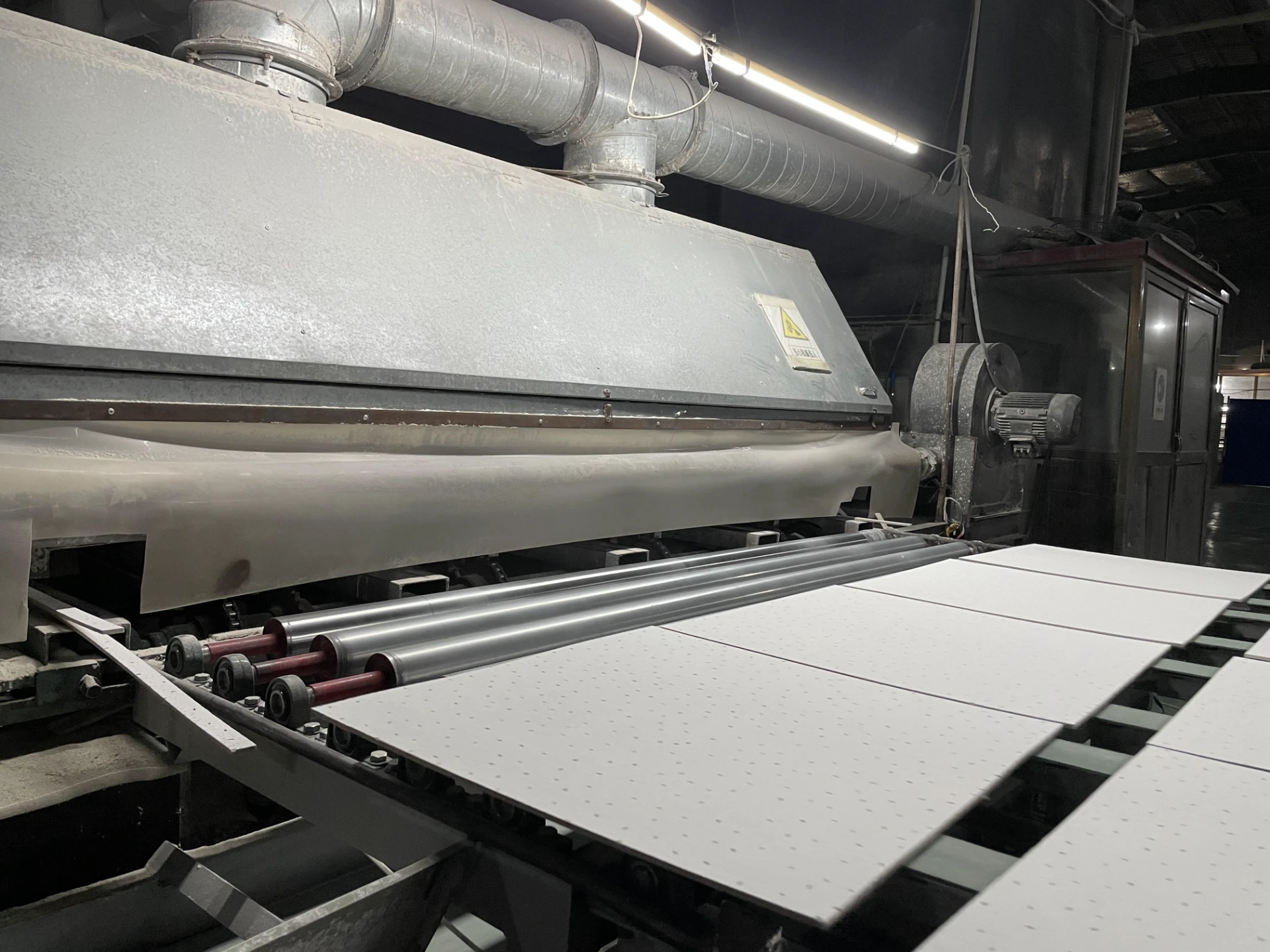9 月 . 16, 2024 20:29 Back to list
Suspended Ceiling Main Tee | Durable & High-Quality T-Bar Systems
Understanding Suspended Ceiling Main Tee An Essential Component in Modern Interiors
Suspended ceilings, also known as false ceilings or acoustic ceilings, have become a popular choice in both commercial and residential spaces due to their aesthetic appeal and functional advantages. At the heart of this system lies the main tee, a vital structural element that supports the entire ceiling grid and ultimately the tiles or panels that complete the visual finish.
The suspended ceiling main tee is a long, narrow strip of metal usually made from galvanized steel or aluminum. It is designed to run horizontally across the ceiling space, forming the backbone of the suspension system. Main tees are typically installed at intervals of 4 feet apart, providing a robust framework that can accommodate a variety of ceiling materials such as mineral fiber tiles, acoustic panels, or even decorative elements.
One of the key advantages of using a suspended ceiling main tee system is its ability to conceal unsightly elements like ductwork, plumbing, and electrical wiring above the ceiling level. This not only enhances the visual appeal of a room but also allows for easier maintenance and accessibility to these critical systems. In commercial settings, such as offices and retail spaces, maintaining an aesthetically pleasing environment is crucial, and suspended ceilings with well-installed main tees deliver just that.
suspended ceiling main tee

Acoustic performance is another significant benefit offered by suspended ceilings. The main tee structure supports ceiling tiles that are designed to absorb sound, making these ceilings an excellent choice for spaces that require noise control, such as schools, conference rooms, and healthcare facilities. By minimizing sound reverberation and enhancing speech intelligibility, suspended ceilings create more conducive environments for work and learning.
Installation of suspended ceiling main tees requires careful planning and precise execution. The main tees are typically connected to the building’s overhead structure using hangers, which are securely anchored to ensure stability. Once the main tees are in place, cross tees are added to create a grid, into which the ceiling tiles are dropped in. Proper alignment and leveling of the main tees are essential to ensure a clean and professional look, as well as to maintain the functional properties of the ceiling.
Moreover, the versatility of suspended ceilings can’t be overlooked. Depending on the design needs, main tees can be integrated with lighting fixtures, HVAC grilles, and other elements seamlessly into the ceiling structure. This flexibility not only elevates the design but also enhances functionality, making suspended ceilings an ideal choice for modern architecture.
In conclusion, suspended ceiling main tees are more than just structural components; they play an integral role in enhancing the overall functionality and aesthetics of indoor spaces. From their ability to conceal essential systems to offering acoustic benefits and providing design flexibility, main tees are essential in creating well-designed, comfortable environments. As the demand for modern, efficient interiors continues to grow, understanding the importance of suspended ceiling systems, including the main tee, becomes increasingly vital for both builders and homeowners alike.
-
Revolutionizing Interior Design with Ceilings t grid Suspended SystemNewsOct.29,2024
-
Revolutionizing Ceiling Design with ceiling access panel with Gypsum Tile WaterproofNewsOct.29,2024
-
Revolutionizing Interior Design with PVC Gypsum Ceiling: A Comprehensive GuideNewsOct.29,2024
-
Elevating Interior Design with High quality Mineral Fiber Ceiling TilesNewsOct.29,2024
-
Revolutionizing Interior Design with PVC Gypsum Ceiling: A Comprehensive GuideNewsOct.29,2024
-
Elevating Interior Design with High-Quality Mineral Fiber Ceiling Tiles: A Comprehensive GuideNewsOct.29,2024







